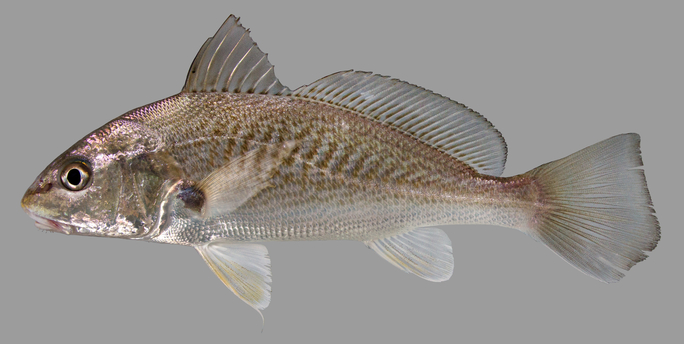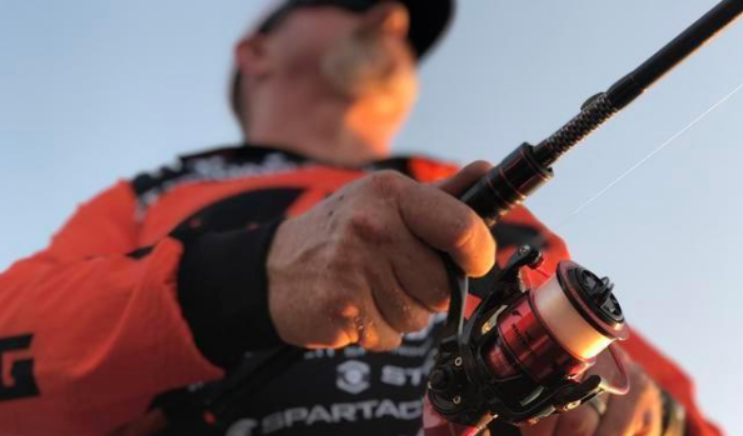The culter is a pelagic fish that feeds and inhabits mid-to-upper water layers. Due to its preferred depth, it rarely ventures close to shore. Thus, when fishing with a hand rod, anglers often only catch passing fish or small culter.
To target larger culter, casting rods or lure fishing are common methods. Most catches are achieved through lures, but there is a specific technique—a specialized hook setup—that outperforms lures when used with a hand rod.

This setup is called the shrimp skin hook, also known as the fish skin hook. It resembles a string of hooks or an artificial lure, functioning as a type of feather hook. Invented recently, it features imitation shrimp appendages tied to the hook shank, made from feathers or synthetic materials. A set typically includes six hooks, with a weight attached to the bottom, and can be tied directly to the main line.
Using the weight for casting, the hooks spread out, and the imitation shrimp strands drift with the current. Culter entering the area mistake them for small shrimp and strike, getting hooked. The hooks appear covered in shrimp or fish skin underwater, hence the name. Initially used with casting rods or lures for long-distance throws, hand rod enthusiasts adapted it for surface fishing—keeping the rig suspended—to target culter more effectively than lures.
Rig Setup
Originally for casting rods, rock fishing rods, or lure rods, some anglers even use reels for maximum distance, as larger culter often stay far from shore. For hand rods, a simple setup involves a long rod (8.1–9 meters) with a longer line (9–12 meters). A small weight (5–10g) is added to the bottom for casting distance. When connecting the shrimp skin hook to the line, a rubber shock absorber can prevent line breakage from strong strikes.
For floats, two approaches exist: those with good eyesight may use large float beads as markers, while others opt for a spherical float inspired by casting rigs.
Floating Technique
The method focuses on surface fishing. Start by baiting areas like reservoirs, wide river bends, or bridge piers. Common baits include clams or earthworms formed into balls, or sticky mixes like silkworm pupa powder, broad bean powder, or peanut bran coated with clams or worms. Once culter gather—visible by surface activity—cast the rig without bait using a swinging motion.

The light weight keeps the shrimp skin hooks suspended, swaying with the current. Culter attack them, mistaking them for shrimp. Hand rods allow quick casting into baited spots and faster retrieval compared to casting rods. Since culter school, quickly landing fish away from the area prevents spooking the group, enabling continuous catches.
Key Details
1. Use a rubber shock absorber between the line and hook to handle the culter’s strong strikes, protecting the shorter hand rod line.
2. Bait attracts small fish or shrimp, which may nibble the hooks. This is normal; culter strikes are distinct, fully submerging the float beads or spherical float.
3. Culter, regardless of size, fight fiercely upon hooking. Always secure the rod with a safety line.
4. With a longer line than the rod, cast carefully to avoid snagging vegetation, trees, or people.
Hand rod fishing for culter offers a unique experience compared to targeting carp or grass fish. As culter are schooling fish, hooking one often leads to successive catches. The closer range and faster retrieval of hand rods make landing larger fish exciting. Anglers with access to such spots should try it for a distinct fishing adventure.